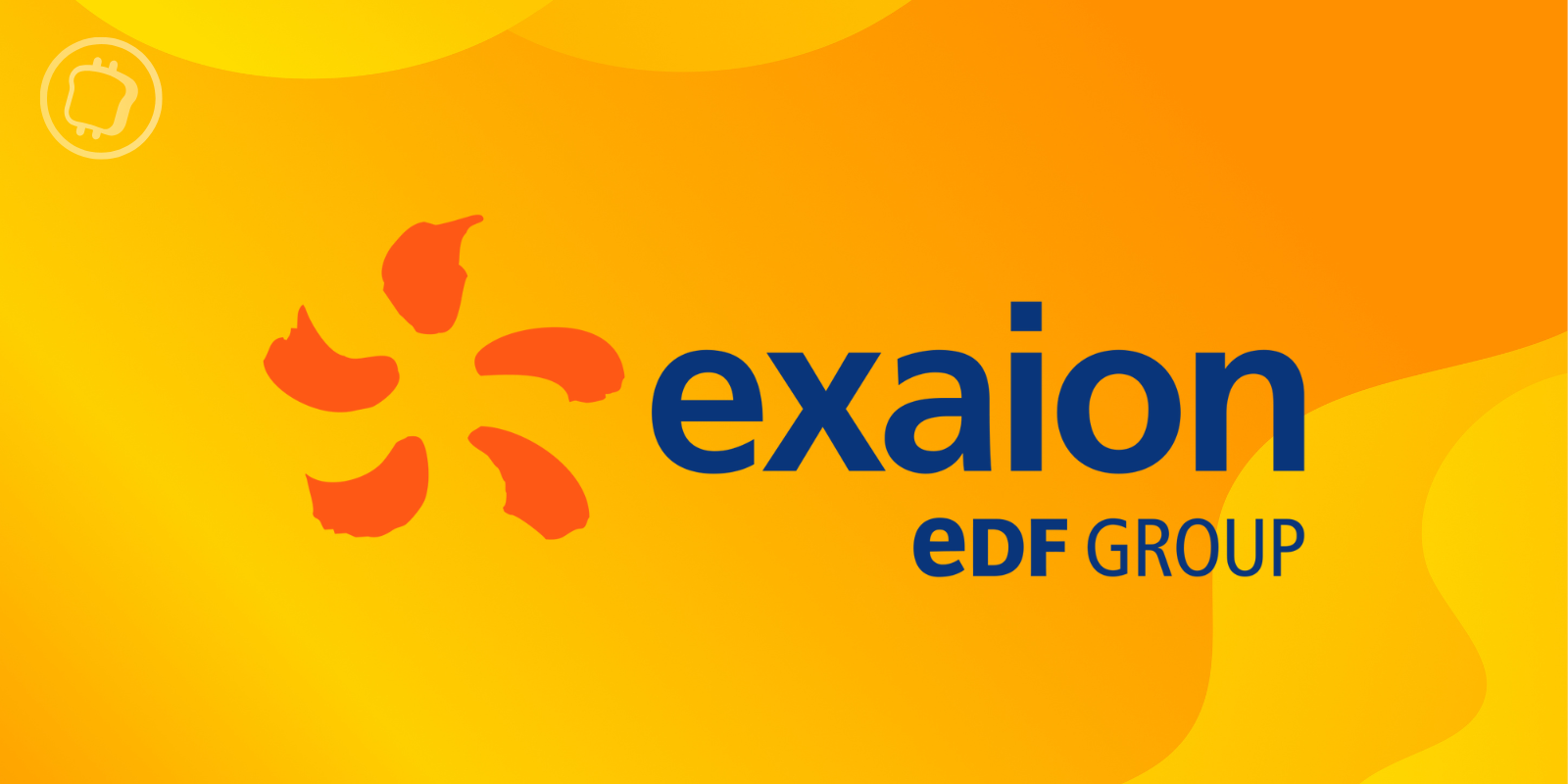Artificial intelligence (AI) is playing a role in efforts by mergers and acquisitions (M&A) specialists working to forge deals in the P&C insurance marketplace, but the technology can’t yet firmly identify which companies should combine forces.
That’s partly due to the quality of raw information, particularly data from brokerage websites, that AI tools scrape off the web, says Andrew Mathias, managing director and partner of KPMG Corporate Finance, the firm’s investment banking group.
For example, it’s not always known the precise percentage breakdown of a brokerage’s various business lines, which would affect the firm’s valuation.
“The websites will show products they offer, what types of lines they offer. But we all know if you look at [a brokerage’s] website, just because they list they do niche skiing insurance, as an example, or pleasure craft, it might be a tiny portion of their business,” he tells CU.
“It’s like a P&C brokerage that does life insurance. The life insurance is not the primary [product line] but it’s offered as a service for customer convenience.”
Related: What’s AI’s role in brokerage M&A?
Another issue is that in Canada, smaller brokerages in particular do not provide much information through public disclosure processes.
“If you look at the U.K., where most companies’ financial statements are publicly disclosed…you can actually create an AI tool that [determines] not only if this a good target, but also what are the back-office synergies? What are the market synergies? You can get a lot deeper into it,” Mathias says.
“In markets where disclosure requirements are more rigid, we just don’t [get that] community landscape. I don’t think we’re going to get there just because of size of market.”
Brokerage AI applications
Two years ago, he notes, AI was viewed as a novelty. Now the technology is taking off.
One useful brokerage AI application is to help producers fill in forms. While a producer may spend 10% of their time to quote and bind a policy directly in front of a customer, Mathias says that’s followed by 90% being spent in front of a computer manually inputting data into specific carriers’ portals.
“If you have 75 different markets you work with, [that means] 75 different portals, which is a huge waste of time. You could be utilizing that same time going out there and selling and driving material premium, commission, profit, etc., for your own pocket and the company’s,” he adds.
Arming producers with AI capabilities means they can fill in information, read it, make sure everything is correct, and then the AI can scan it, input the data and automatically upload into the various portals.
He stresses AI is not independent and that brokerages still need someone to review files for accuracy, in part because bad actors could take advantage of the tech’s inability to parse the difference between the letter and spirit of insurance regulations.
“Generally speaking, [AI] has reduced a lot of redundant work for those people who are good-willed and act properly, which is the majority,” Mathias says.
Feature image by iStock/Parradee Kietsirikul









